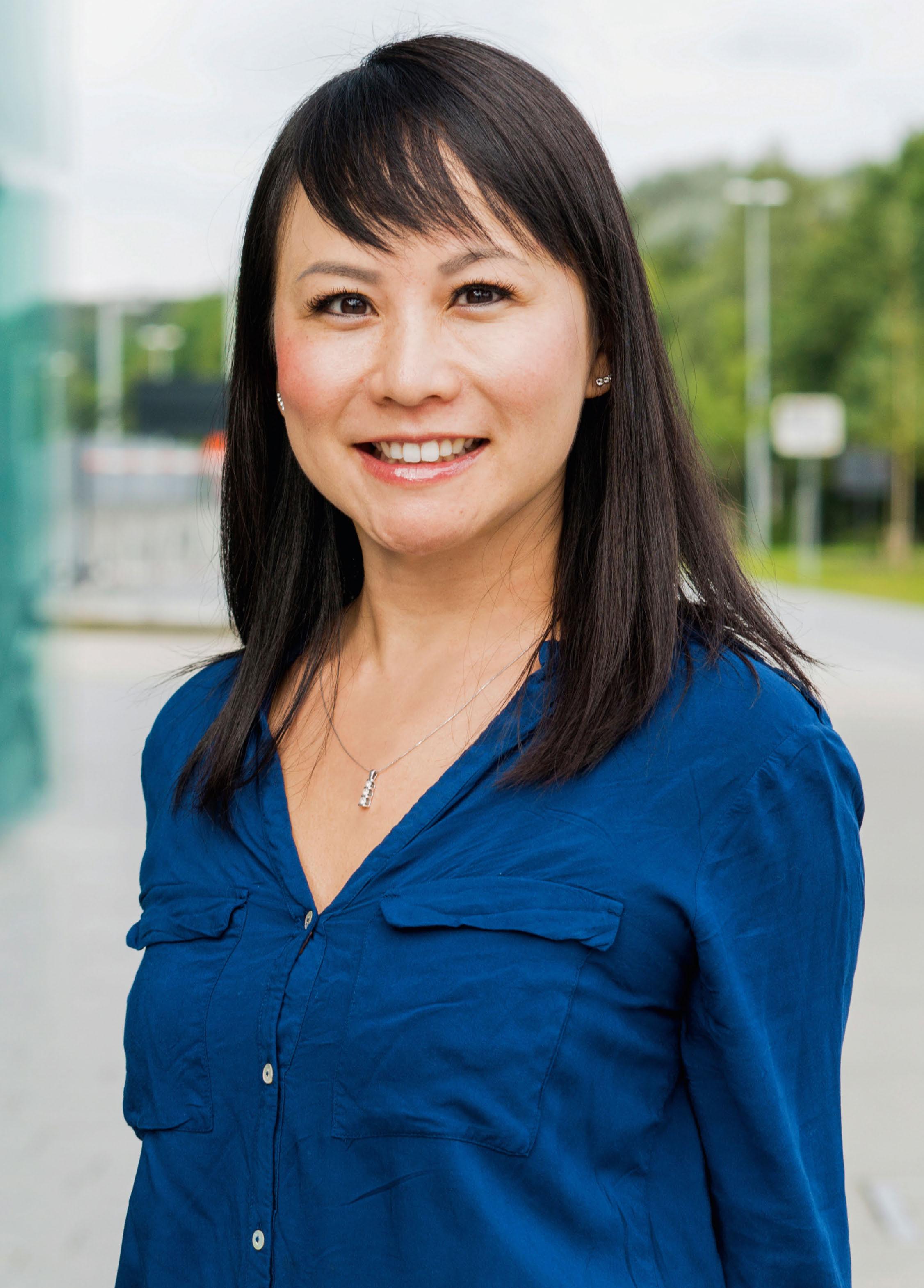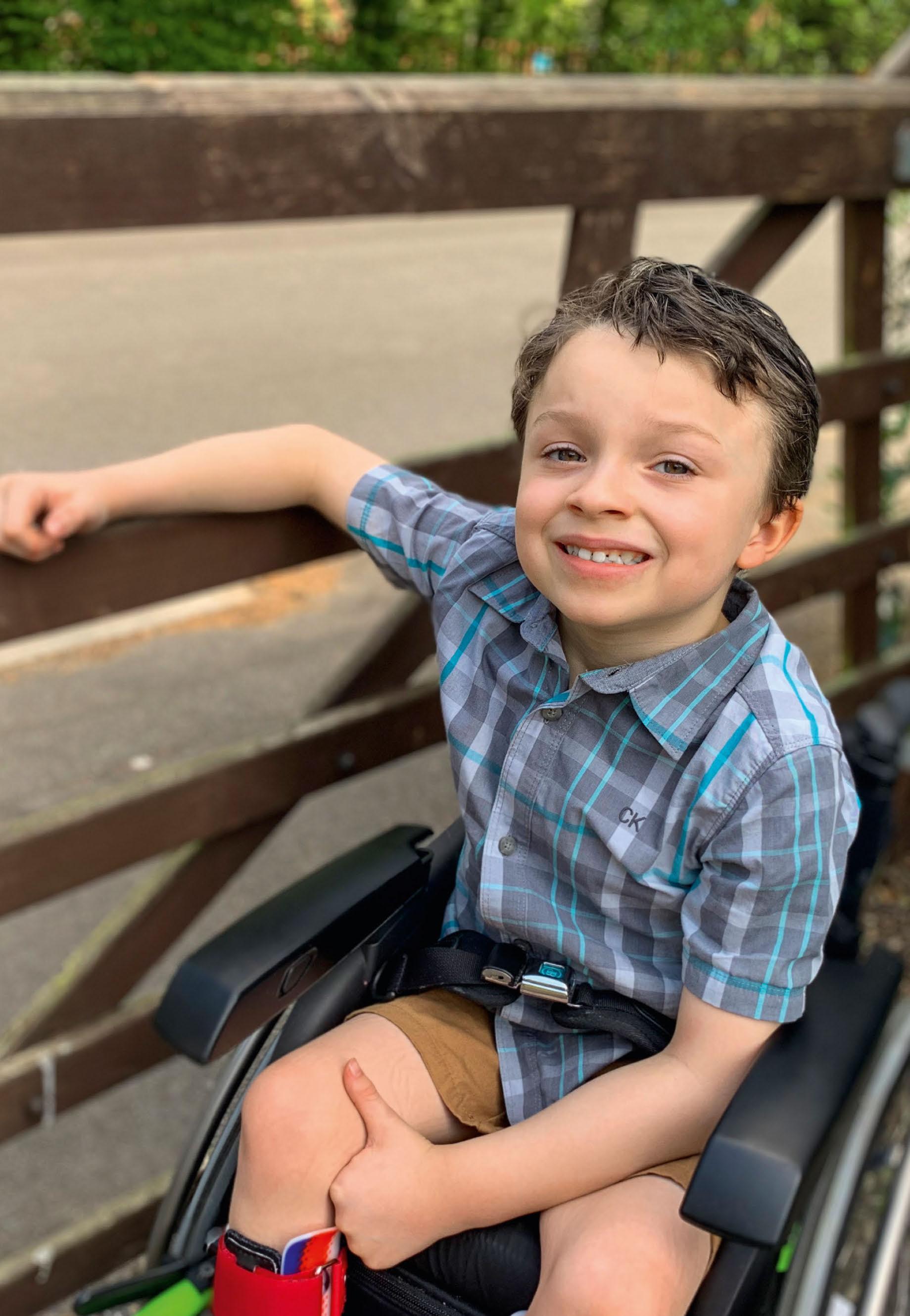
4 minute read
Research Projects in Focus
At this very moment, numerous brilliant minds are researching a cure for spinal cord injuries. They hope to achieve their goal with a wide variety of approaches, methods, and ideas. We invite you to take a closer look at the following seven research projects.
How do muscles react to therapy?
Advertisement
UNIVERSITY HEALTH NETWORK, TORONTO REHABILITATION INSTITUTE, CANADA
Biomarkers make biological processes quantifiable. They can provide important information for a diagnosis or the progression of a disease. Michael Skinnider and his team are hoping to develop such biomarkers for spinal cord injury patients. For this purpose, they analyse genes, proteins, Researchers in Canada are looking into the arm and hand functions of affected patients. These can be improved by stimulating fats, and metabolic products of acutely injured patients. This results in a vast amount of data. However, if suitable biomarkers are found, the researchers will be able to more accurately predict whether and to what extent the patients will regain functions. the corresponding muscles with electrical impulses. The problem is that not all paralysed muscles respond to this electrical therapy equally well, and predictions as to how they will respond are vague. José Zariffa and his colleagues are hoping to 1
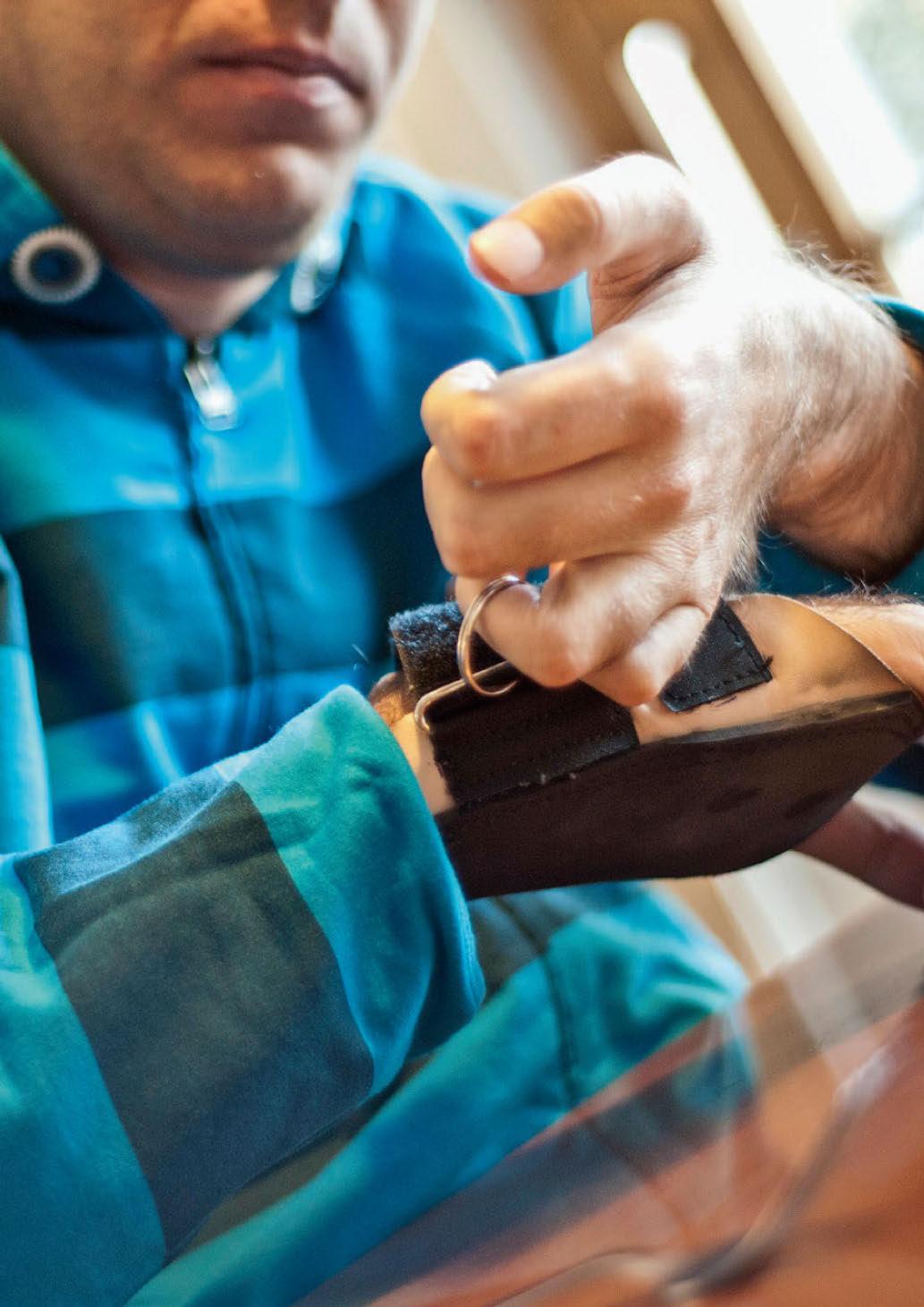
remedy this problem. They strive to develop a method to predict whether and how each individual muscle will respond to this kind of electrical therapy. This allows the development of effective therapy plans that are more closely tailored to the individual patient. 30 quadriplegics – individuals with high-level spinal cord injuries – are currently
How biomarkers help foresee the future
UNIVERSITY OF BRITISH COLUMBIA, VANCOUVER, CANADA
participating in the study.
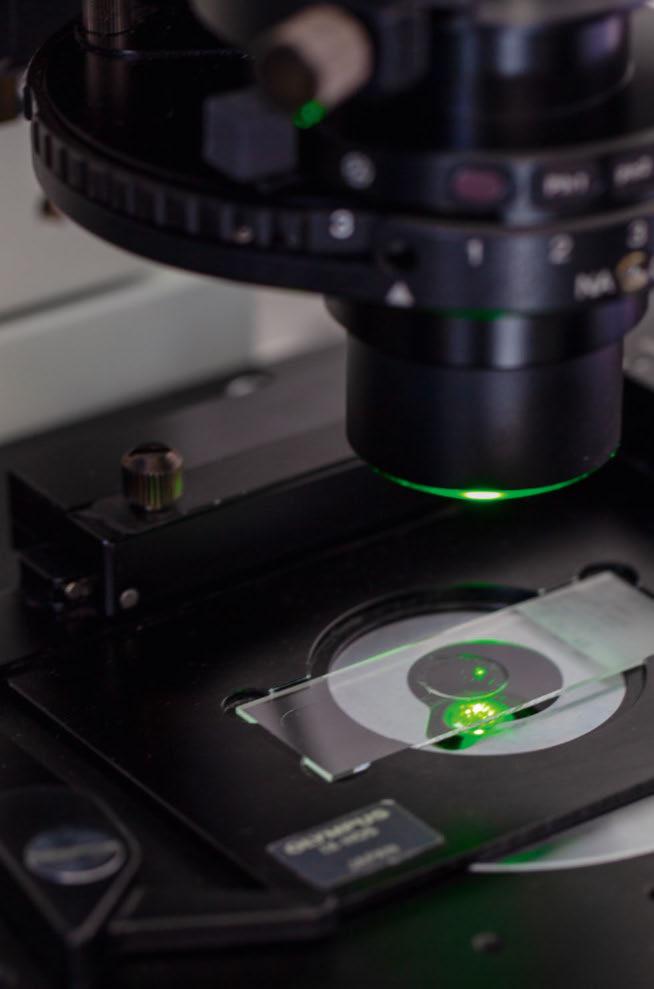
2
Why do nerve cells react differently?
BOSTON CHILDREN’S HOSPITAL, BOSTON AND HARVARD MEDICAL SCHOOL, USA
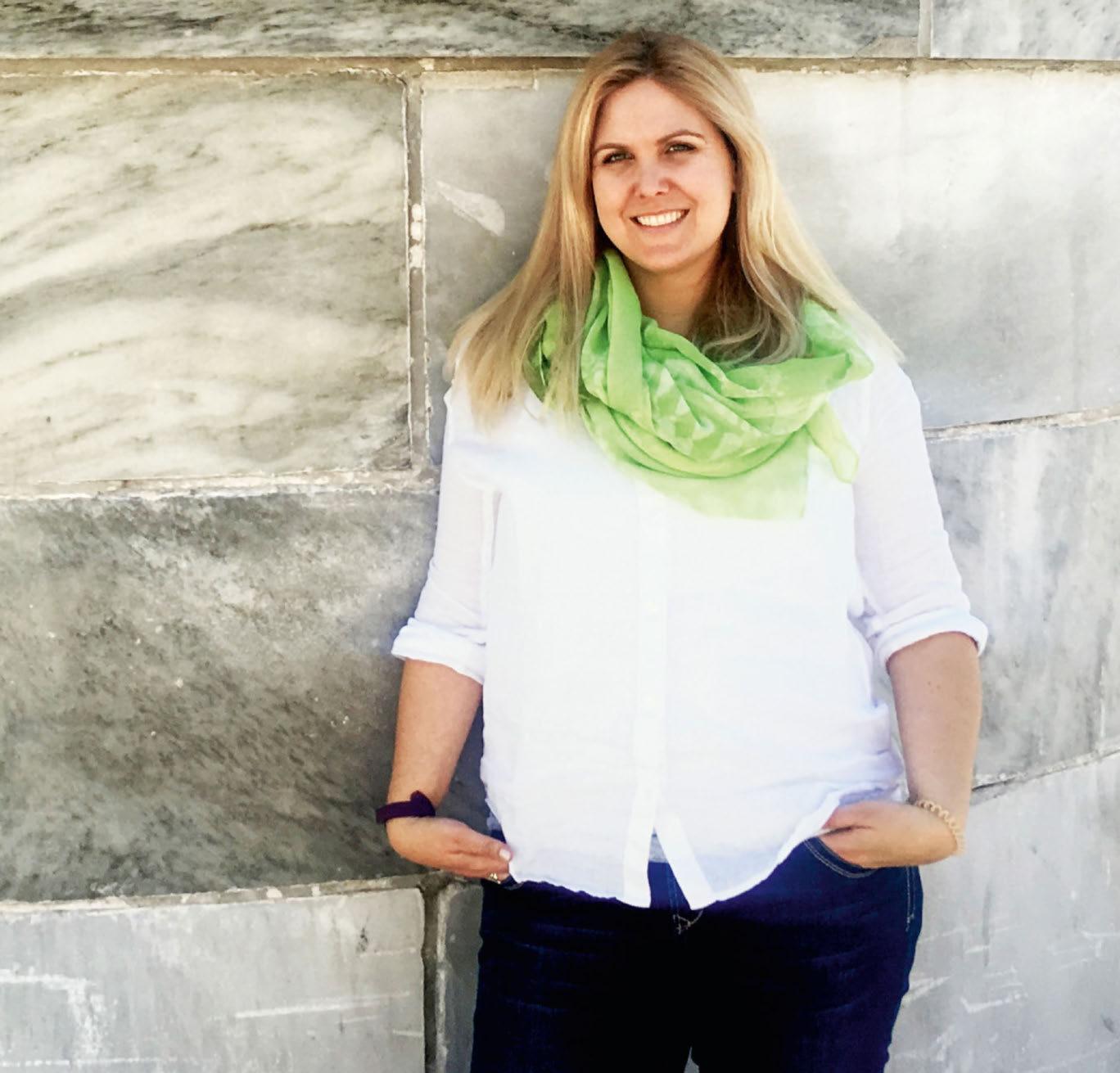
Our body contains many different types of nerve cells. These react very differently after a spinal cord injury. Some regenerate more effectively, others less so. Anne Jacobi is now applying a cutting-edge method to study why this is the case. She analyses the genes of individual nerve cells and then compares them to each other. This is a monumental challenge from a technical point of view. The aim is to assist in the development of a therapy.
3
Preventing cells from dying
UNIVERSITY OF MANITOBA, WINNIPEG, CANADA
4
When the spinal cord is damaged, nerve cells die and tissue is compromised. This damage is facilitated by lysosomes. Lysosomes are small cell organelles. One can imagine them as bubbles packed with damaging enzymes. Two researchers from Canada – Eftekhar Eftekharpour and Soheila Karimi – strive to eliminate specific lysosomal enzymes with inhibitors. By doing so, they hope to reduce the number of cells that die and thus enable patients to retain more functions.
5
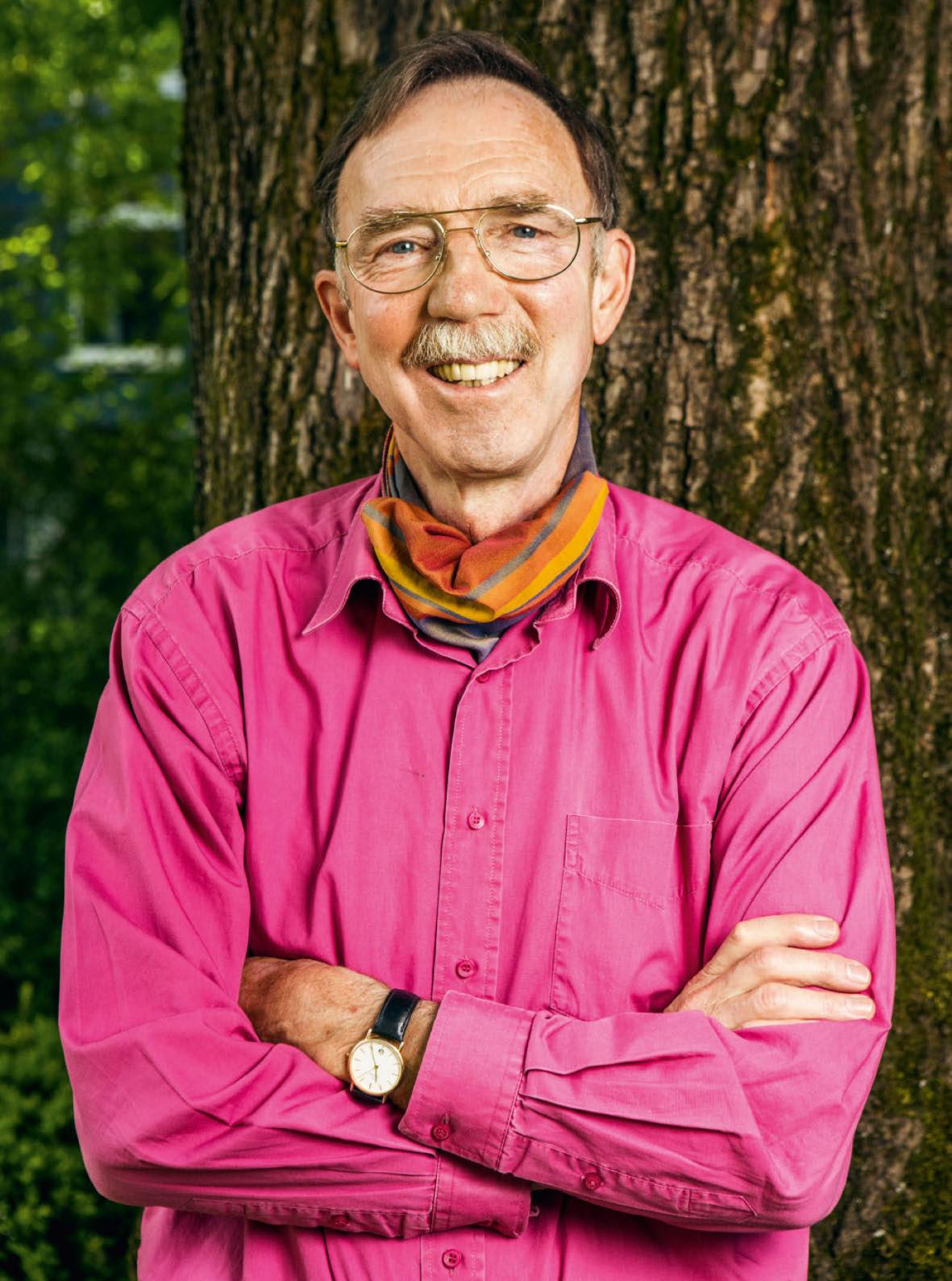
Deep brain stimulation
INSTITUTE FOR BRAIN RESEARCH, UNIVERSITY OF ZURICH, SWITZERLAND
Researcher Martin Schwab and his colleague Anna-Sophie Hofer hope to significantly improve the motor function of patients suffering from incomplete spinal cord injuries. To achieve this goal, they harness deep brain stimulation, a treatment that has already been successfully administered to Parkinson’s patients. It stimulates a region in the mesencephalon that is essential to our locomotor system. Initial successes have already been achieved in the laboratory. The researchers believe that the brain is restructured by the stimulation. This results in permanent functional improvements. The new treatment option is already undergoing parallel clinical testing.
Promising molecular cocktail
DEPARTMENT OF NEUROSCIENCES, CASE WESTERN RESERVE UNIVERSITY SCHOOL OF MEDICINE, CLEVELAND, USA
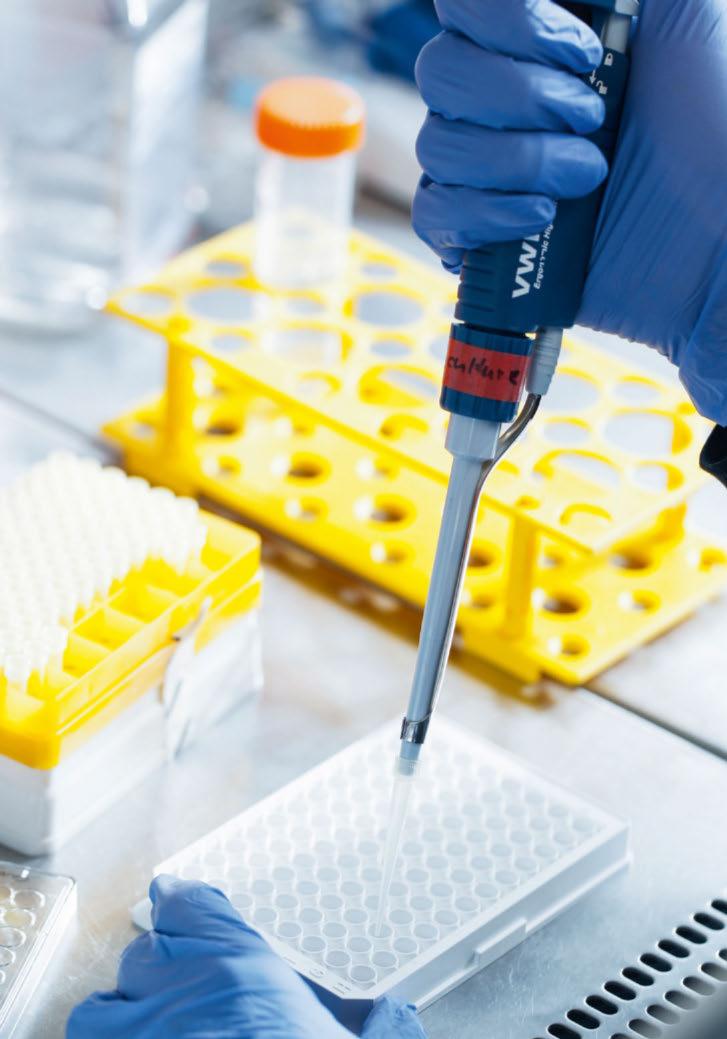
Almost everyone has a scar that reminds them of some kind of skin injury from the past. Spinal cord injuries are subject to similar healing processes, meaning they also cause scarring. In addition, a net is formed that envelops the synapses of the nerve cells like a veil. This process is both beneficial and detrimental. Beneficial, because it prevents further damage. Detrimental, because it inhibits nerve fibre regrowth. A team led by Jerry Silver is working on removing this blockage triggered by socalled chondroitin sulphate proteoglycans. They employ a combination of two different approaches. Firstly, an enzyme called chondroitinase penetrates the scar. Secondly, a peptide renders the inhibiting chondroitin sulphate proteoglycans ineffective. The objective of this combination therapy is to restore 6 functions to chronic patients.
7
Research in the chemical library
UNIVERSITY OF CALIFORNIA, DEPARTMENT OF NEUROSCIENCES, SAN DIEGO, USA
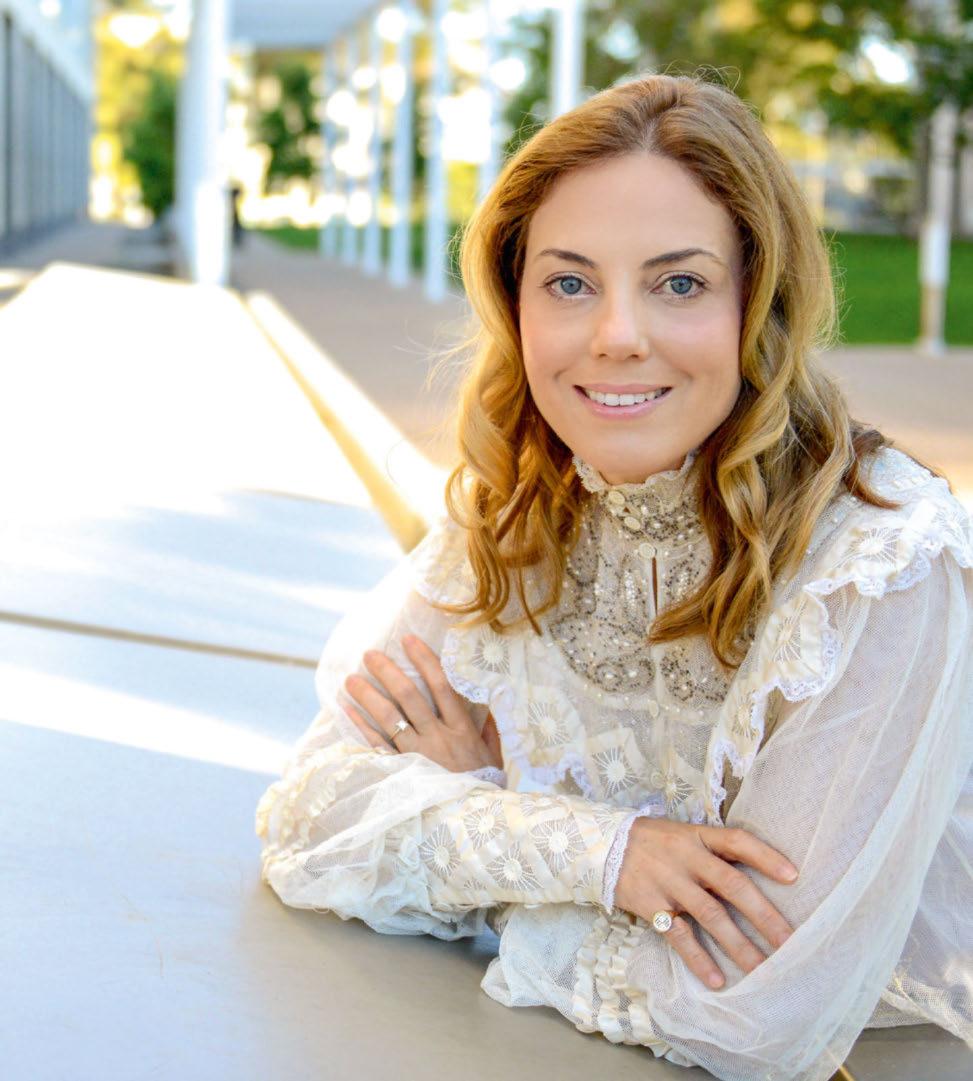
Following an injury to the spinal cord, affected nerves usually do not grow back. Erna van Niekerk and her colleagues are, however, working on that problem by transplanting neural stem cells into the spinal cord. They have observed that the nerve cells grow back more readily as a result. Now they intend to investigate what exactly, or rather which substance, triggered this growth. To do so, they first identify all genes that are active in the nerve fibre. Then they compare them with a chemical library of more than 3,000 pharmacological agents. The objective is to discover previously unidentified connections and new agents.


